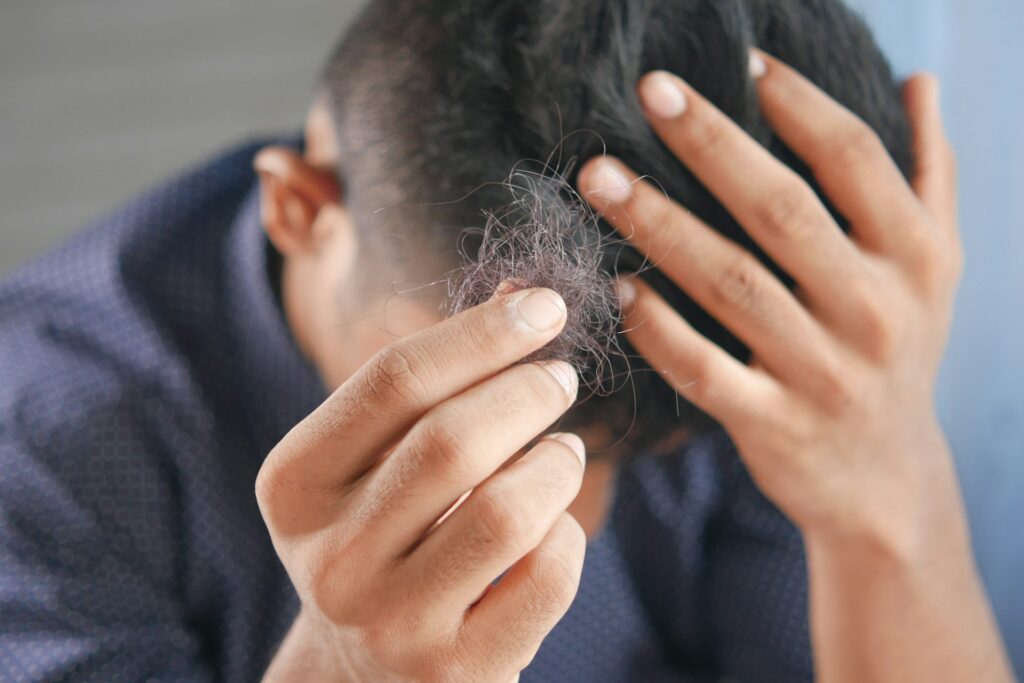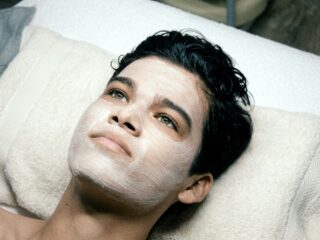
When it comes to restoring lost hair, Follicular Unit Extraction (FUE) stands as a game-changer. It’s a minimally invasive procedure that has revolutionized the field of hair transplant surgery. But what exactly is FUE and why has it become so popular?
This procedure, unlike traditional methods, involves extracting individual hair follicles from a part of the body, typically the back of the head, and grafting them onto the balding area. It’s a process that promises natural-looking results with minimal discomfort.
In the following article, we’ll delve into the intricacies of the FUE hair transplant process and explore its myriad benefits. Whether you’re contemplating a hair transplant or simply curious, this article will serve as your comprehensive guide.
Overview of FUE Hair Transplant
Diving deeper, the FUE hair transplant offers an advanced hair restoration solution. Let’s delve into what constitutes this procedure and how it differentiates itself from other hair transplant techniques.
What Is FUE Hair Transplant?
Follicular Unit Extraction, or FUE, represents a cutting-edge approach in the hair transplant industry. It’s an intricate procedure, where individual hair follicles get extracted from a part of the individual’s body, typically known as the ‘donor site’, usually the thicker hair areas, like the back or sides of the head. Post extraction, these follicles get transplanted into the thinning or balding areas, called the ‘recipient site’. This process ensures a natural-looking finish, minimally invasive in nature, and knowledgeably set apart by its individual follicular attention.
How Does FUE Differ From Other Hair Transplant Techniques?
The FUE technique champions itself as superior, mainly due to its less invasive approach compared to its transplant opponents. Unlike traditional hair transplant methods, such as the Strip Method, where a strip of scalp gets removed, the FUE process extracts follicles individually, reducing the risk of scarring and after-effect discomfort. It’s this fine precision and detailed focus of the FUE procedure that allows patients to receive natural-looking results, minimal downtime and a higher degree of satisfaction.
The FUE Hair Transplant Process
FUE hair transplant marks a monumental stride in the industry. It emphasizes an intricate process of relocating follicular units to restore natural hair growth patterns. This section explores each step of the transplant process, from consultation to final implantation.
Initial Consultation and Planning
Before embarking on the treatment journey, a comprehensive consultation yields paramount importance. In this phase, a seasoned medical professional examines the patient’s hair condition and scrutinizes their medical history.
They assess factors such as the rate of hair loss, hair type, and donor site’s capacity. Post evaluation, they draft a tailored treatment plan, marking recipient areas for the transplant and estimating the number of follicles needed.
The Extraction Phase
The extraction phase forms the cornerstone the FUE hair transplant process. Upon the administration of a local anesthesia to numb the donor area, individual follicular units get meticulously extracted using bespoke punch tools, making this phase distinct from other traditional methods. As these units stay intact during removal, it safeguards them from damage, thereby enhancing the success rate of transplantation.
The Implantation Phase
The culmination of the FUE hair transplant process lies in the implantation phase. Specially prepared grafts holding the harvested follicles find their new homes in meticulously created incisions on the recipient site. Positioned at the accurate angle and distribution, these grafts mirror the patient’s natural hair growth pattern, leading to discreet and natural-looking results. Post procedure, patients can expect to return to their regular routines quicker than with traditional transplant methods.
Benefits of Fue Hair Transplant
Expounding on Follicular Unit Extraction’s (FUE) advantages, recipients gain numerous benefits including natural-looking outcomes, barely noticeable scar tissue, and swift recuperation times.
Natural-Looking Results
One of FUE’s primary benefits lies in its ability to duplicate natural hair growth patterns. In stark contrast to older methods, FUE works by transplanting individual follicular units. This meticulous process ensures hair follicles are strategically placed to emulate the way hair naturally grows. The effect of this attention to detail is a full head of hair that looks and feels natural.
Minimal Scarring
Traditional hair transplant methods often leave sizable scars, an issue that FUE drastically mitigates. Instead of removing and transplanting a large strip of scalp, FUE extracts individual follicles, each from a small puncture in the skin.
The recipient site heals rapidly, leaving only minute, almost unnoticeable scars in its wake. This makes FUE an enticing option for individuals preferring to keep their hair short post-procedure.
Quick Recovery Time
Apart from producing superior cosmetic results, FUE also guarantees a faster healing time. Given the precision employed during an FUE procedure, the resulting wounds are far less extensive than traditional methods. Most patients can expect a recovery period of around seven to ten days post-surgery, a comparatively quick turnaround. The limited scope of damage inflicted on scalp tissue translates to a shorter healing timeframe, less discomfort, and minimal post-operation redness.
Considerations and Care After FUE Procedure
After undergoing an FUE hair transplant, certain actions enhance recovery and ensure optimal results. This section discusses post-procedure care and long-term maintenance of FUE transplants to consolidate the gained benefits.
Post-Procedure Care
Care immediately following an FUE procedure significantly impacts the final results. Unlike other hair restoration techniques, FUE tends to produce minimal scarring, allowing for a faster recovery period, often around seven to ten days. However, it’s essential to follow the physician’s instructions which often include avoiding strenuous activity, maintaining a clean scalp, and avoiding sun exposure or other potential irritants.
More specifically, patients must abstain from alcohol and smoking as these may hinder healing. It’s common to experience mild discomfort, swelling, or redness at the transplant site. Use of prescribed medications can manage these symptoms. It’s crucial to follow a specified hygiene routine involving gentle washing and moisturizing of the scalp under the doctor’s supervision.
Long-Term Maintenance
Though FUE hair transplant promises significant results, attention to long-term care ensures maintenance of these natural-looking outcomes. Once the initial healing phase is over, commit to a hair care routine that nourishes the scalp and strengthens hair follicles. This routine typically involves a balanced diet, regular exercise, adequate hydration, and avoidance of harmful hair practices like over-styling or use of chemical-laden products.
Continuing with routine scalp check-ups becomes a fundamental part of the maintenance too, to monitor the progress at regular intervals. This allows for potential issues to be addressed promptly.
Overall, with careful post-procedure care and long-term maintenance strategies, individuals can look forward to enjoying the full benefits of their FUE hair transplant in the long run.













